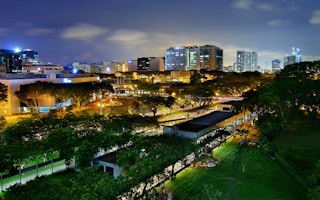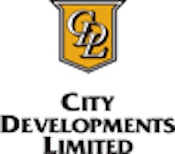As part of its continuing drive to green buildings in Singapore, the Building and Construction Authority released on Wednesday its Building Energy Benchmarking Report (BERB) 2016 which allows the public to compare the energy efficiency scores of their building against those of similar buildings.
For the first time since the report launched in 2014, the BERB collated and analysed data from 59 healthcare facilities and 141 private schools and tertiary education institutions this year, and saw a need to engage building owners in these industries to adopt greater energy-efficient measures.
One of the top findings of the report highlights that people in Singapore’s hospitals and schools are consuming as much electricity as their building owners, a similar conclusion from last year’s report which surveyed commercial buildings and offices.
This continuing trend signals the need for building owners to step up efforts to engage their occupants to more consciously cut electricity use, according to the BCA.
A positive trend highlighted in the BERB 2016 report shows that commercial buildings continue to perform well in terms of total energy consumed per unit floor area, or Energy Use Intensity (EUI), with a 7 per cent improvement over the past eight years.
The EUI for healthcare facilities, however, increased by 4 per cent from 2008 while that of the tertiary and private education institutions went up by 7 per cent over the same period.
Within the private and tertiary education institutions segment, however, universities have shown a reduction in the EUI trend, the report said.
The BERB 2016 was released during the opening ceremony on September 7 of the three-day International Green Building Conference being held in Singapore.
At the same time the report was released, the BCA also announced that in the lead up to mandatory disclosure of buildings’ energy performance data, it will start publishing building energy performance report this year in an anonymised manner.
“
We hope building owners, and even occupants, can make use of these data to assess where their building performance stands and develop cost-effective solutions to reduce energy consumption and carbon footprint.
John Keung, chief executive officer, Building and Construction Authority
This year’s published report covers the commercial buildings and offices analysed last year, and can be downloaded from the government website data.gov.sg and BCA’s Building Energy Submission System.
Without the need to identify specific buildings, building owners, occupants, and interested individuals can search and benchmark data from the report using search parameters such as building types, size, and BCA Green Mark status, which is the green labelling the authority grants to buildings based on energy efficiency performance.
BCA will require building owners of healthcare facilities and private schools and tertiary education institutions to submit their building information and energy consumption data from next year.
John Keung, BCA chief executive officer, said the BCA hopes to achieve a full disclosure of energy consumption data from all buildings in the coming years.
“We hope building owners, and even occupants, can make use of these data to assess where their building performance stands and develop cost-effective solutions to reduce energy consumption and carbon footprint if they find that their building is less energy efficient than similar building types,” he said.
The reporting benchmark as well as the Green Mark labelling are components of the BCA’s drive to foster energy efficiency and sustainable practices in Singapore’s buildings. It has greened over 2,800 buildings since it introduced the Green Mark in 2005, with 17 Green Marks for various buildings now in place.
The BCA said it is well on its way to meet its target of greening 80 per cent of Singapore’s buildings by 2030.
Eco-Business is producing a special e-newsletter featuring stories on the proceedings at IGBC 2016, kindly supported by City Developments Ltd and the Building and Construction Authority. Sign up to receive the newsletter here.






















